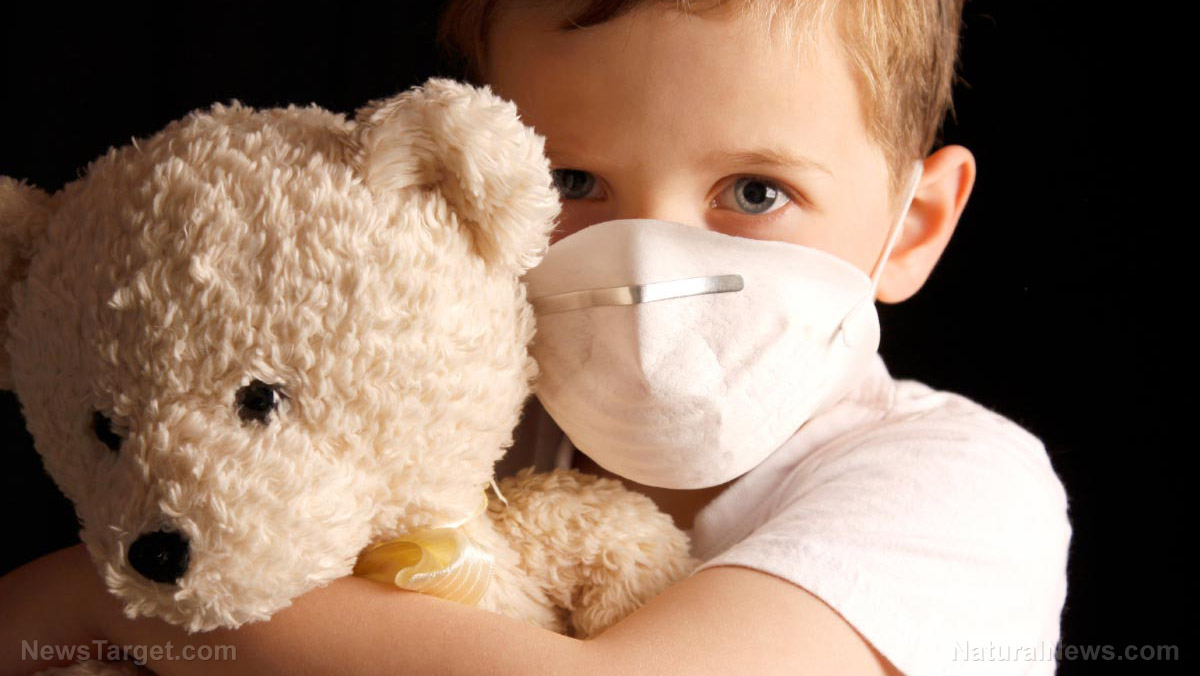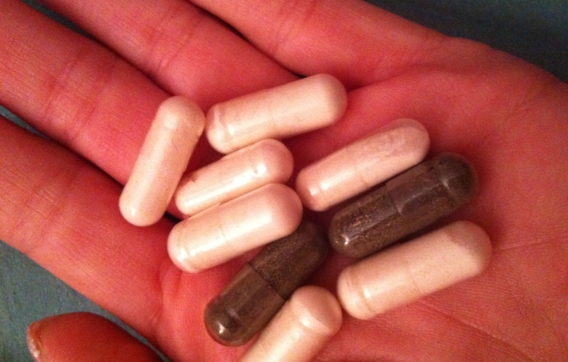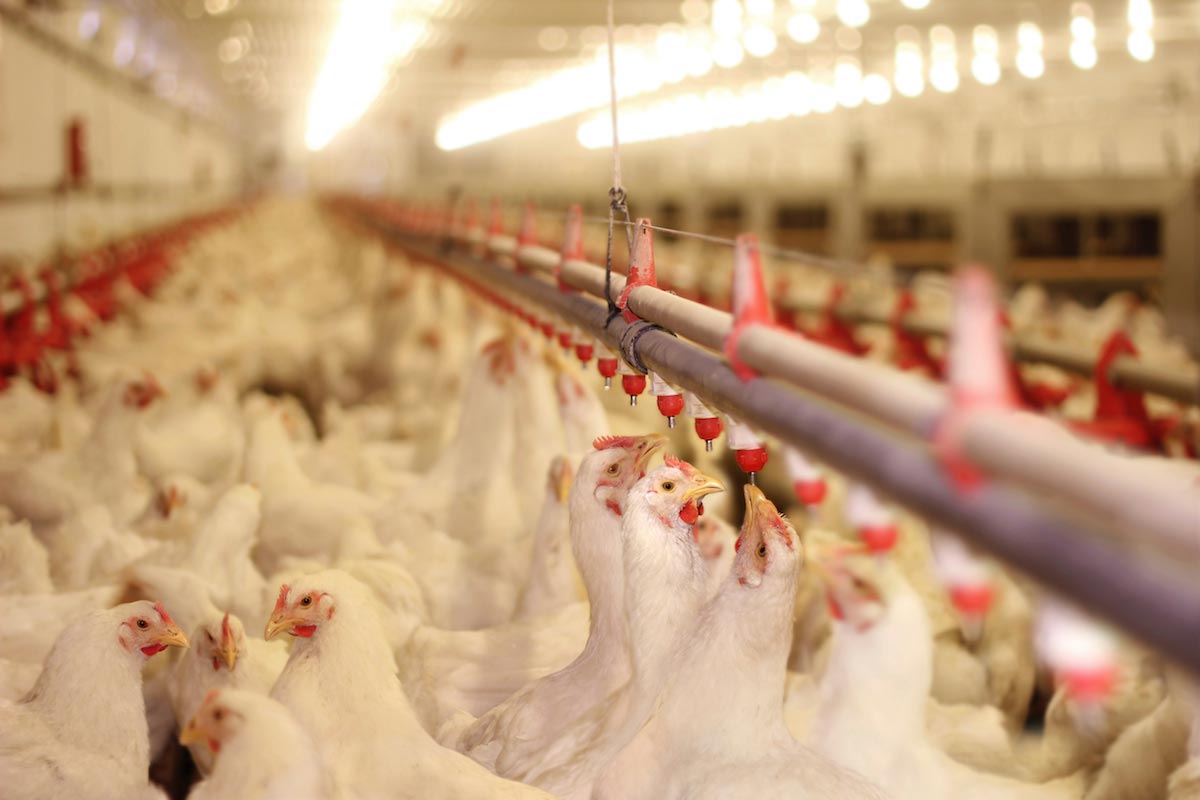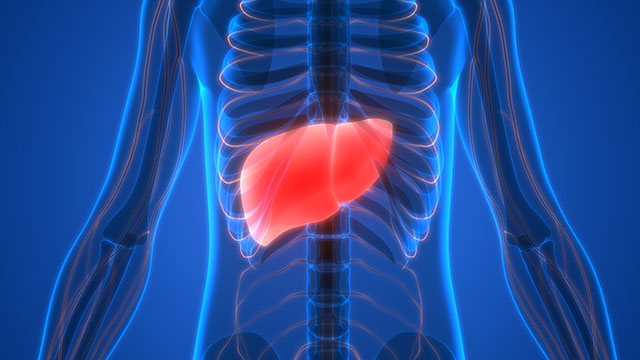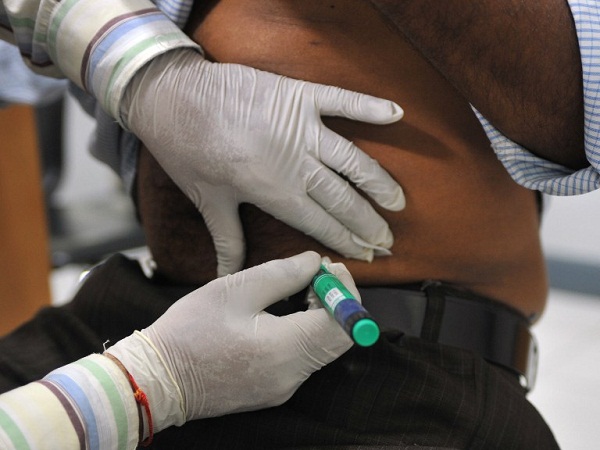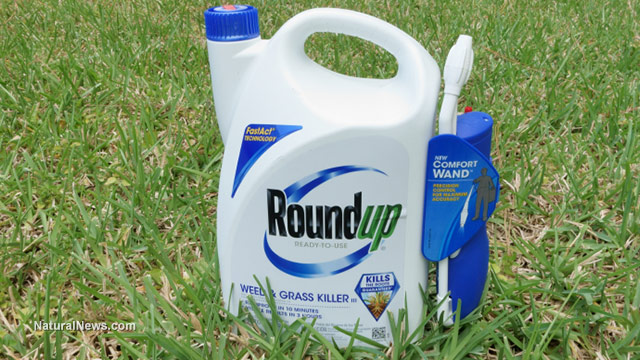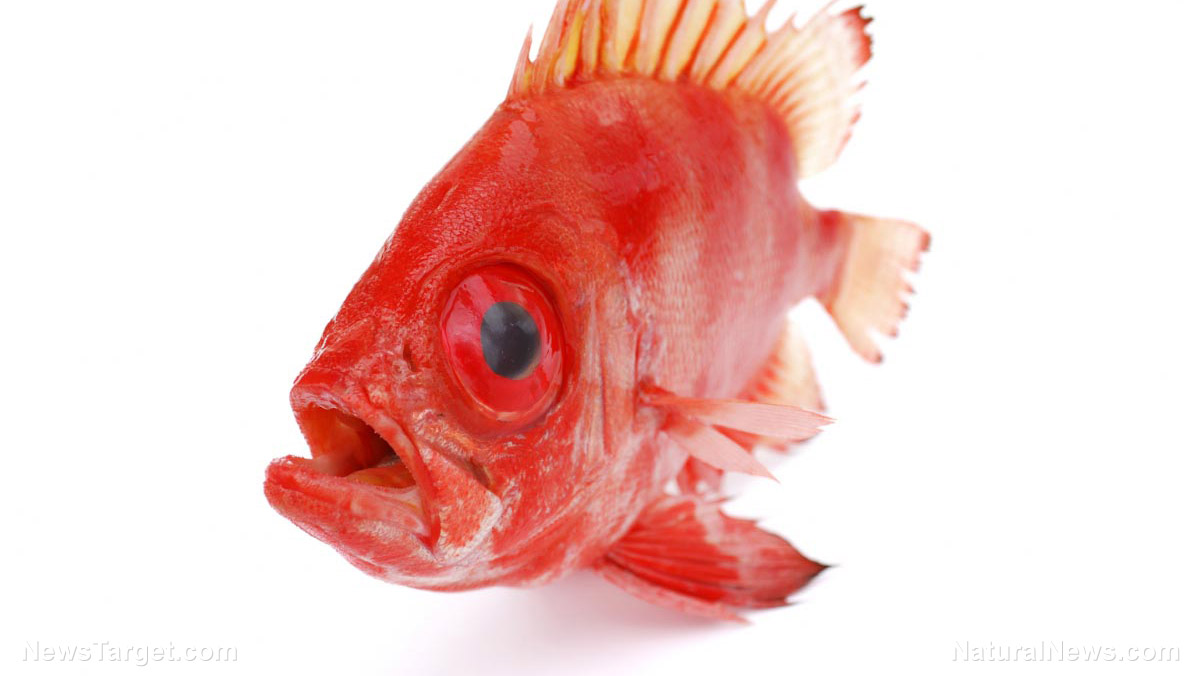Secondhand smoke puts pets at risk of cancer, experts warn
06/07/2017 / By Bridgette Wilcox

If your own health, or even your family’s health won’t get you to think twice about lighting up, then maybe your pet’s health will. Researchers from the University of Glasgow have found that pets are also affected by passive smoking, perhaps even more than humans. This can lead to many undesirable health conditions in the animals, from weight gain to cancer.
“Our findings show that exposure to smoke in the home is having a direct impact on pets,” Clare Knottenbelt, professor of Small Animal Medicine and Oncology at the university’s Small Animal Hospital said in an article on the university’s website. “It risks ongoing cell damage, increasing weight gain after castration, and has previously been shown to increase the risk of certain cancers.”
The study said that pets are especially vulnerable to secondhand smoke because they spend more time at home. They are also generally closer to carpets, where carcinogens from the secondhand smoke can cling.
Knottenbelt said that previous studies have already shown that dogs living in a smoking household inhale a significant amount of smoke, but the current study reveals that cats are even more vulnerable.
“This may be due to the extensive self-grooming that cats do, as this would increase the amount of smoke taken in to the body,” she said. Even with their ability to go outside, or even with owners who smoke away from them, cats still absorb a significant level of smoke in their bodies.
At the same time, dogs living in a smoking environment gained more weight post-neutering, compared to dogs who were not exposed to smoke at home. Researchers also found that a gene that marked cell damage was more pronounced in dogs from smoking homes. Other studies showed links between the gene and some dog cancers.
“We are all aware of the risks to our health of smoking and it is important we do everything we can to encourage people to stop smoking. As well as the risk to the smoker, there is the danger of secondhand smoke to others,” Knottenbelt concluded. “Pet owners often do not think about the impact that smoking could have on their pets.”
Secondhand smoking: Putting the innocent at risk
These animal specialists echo a sentiment long-held by doctors and health care providers for the last few decades that secondhand smoke puts the most innocent parties at great risk for a whole number of diseases.
According to Cancer Research UK, secondhand smoke increased a non-smoker’s risk of lung cancer by a quarter, and also increased the risk for cancers of the throat. Secondhand smoke also placed non-smokers at risk for heart disease, stroke, and chronic obstructive pulmonary disease (COPD).
The organization said that there are two types of tobacco smoke: mainstream smoke, which is the smoke inhaled through the mouth from the end of the cigarette, and sidestream smoke, which comes from the tip of the cigarette. Sidestream smoke contains a higher level of the toxic and cancer-causing chemicals in cigarettes, making it four times more harmful than mainstream smoke. It has at least three times more carbon monoxide, 10 to 30 times more nitrosamines, and 15 to 300 times more ammonia.
Secondhand smoke is composed of both sidestream smoke, and mainstream smoke exhaled by smokers, making it especially dangerous.
Like pets, children are particularly vulnerable to passive smoking — those who are exposed to it show a higher risk of respiratory diseases, asthma, bacterial infection, and cot death. Children are mostly exposed to passive smoke at home, where smoke particles can accumulate on surfaces and clothes even if windows are left open.
Get more updates like this on StopSmoking.news.
Sources include:
Tagged Under: pet health, secondhand smoke, smoking




